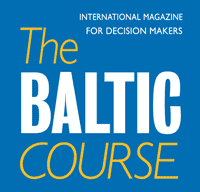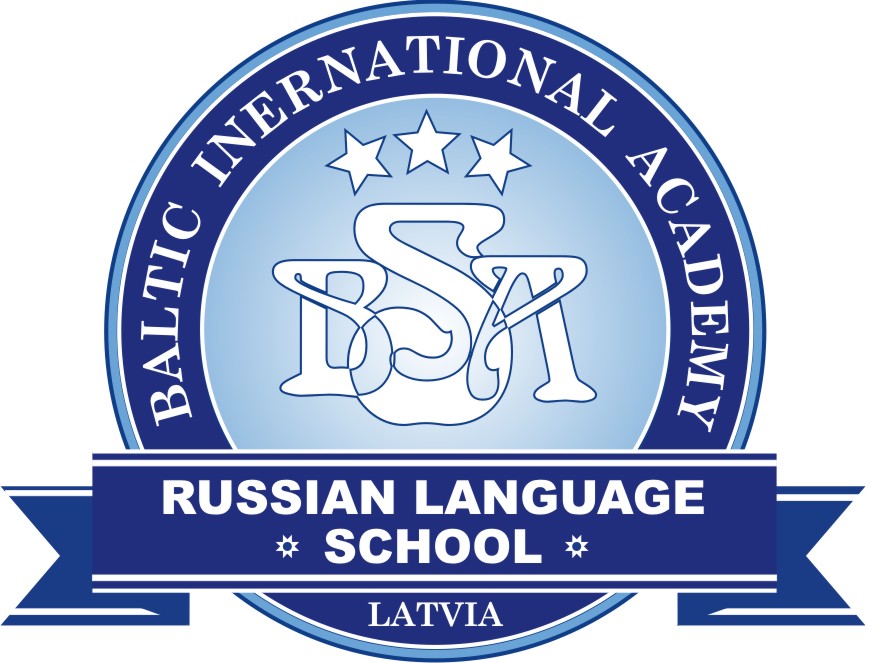Education and Science, Round Table, The Baltic Course No. 27
International Internet Magazine. Baltic States news & analytics
Tuesday, 29.04.2025, 11:30
Global higher education challenges: what does it bring to Latvia?
 Print version
Print versionMore than 2.5 mln people in the world study overseas currently. The growth of overseas students is in US 17%, in France 81%, in Japan 108% during 2000 — 2005, according to data from American Council of Education.
But there is a clear trend that “America and Europe is loosing their monopoly on prestigious degrees: Australia, China, Canada, Russia and Hong Kong all are high education spots now” (The Newsweek, August, 2007). Many of Asia’s most cutting edge institutions have also started to offer degrees in English. India’s government launched a plan to invest 1 bln USD to the country’s ancient University Nalanda, which was opened in 1197. It has been called by New York Times as “one of the first great universities in recorded history.” (“Really Old School,” Garten, Jeffrey E. New York Times, December 9, 2006.)
Governments are paying particular attention to finance marketing campaign for attracting international students. US announced in February that it is going to spend 1 mln USD to audio- and video-marketing campaign in China and India. According to UK Universities Survey, 79% of colleges and Universities in Britain are increasing their marketing and recruiting efforts abroad. Half of Britain’s higher education institutions provide study opportunities in China. French government declared that university reform is a top priority, and is going to spend 5 bln Euro by 2012 on modernization in education (The Newsweek, August, 2007).
There is an increasing government investments flow into marketing in order to modernizing universities. Importing “intellectual capital” is a hot issue for many countries. “Internationalization is exactly what all universities need to stay competitive”, Allan Godman, American Council of Education underlined.
In order to increase competitiveness of European universities it is necessary to streamline their deformed system making it more attractive, according to the Bologna process requirements. At the same time European Commissioner Jan Figel emphasized, that “Europe’s single major disadvantage in the eyes of Asian students is that English is not the universal mother tongue”. According to the data from European University Association (EUA) there are regions, mostly from CEE, including Latvia, Estonia and Lithuania, where the number of outgoing students are greater than the incoming ones.
The export of higher education services is also crucial for Latvian economy due to the following reasons:
• Decreasing number of secondary schools graduates. Total amount of school pupils in 2007/2008 years are 267,500 which is by 12,372 less than last year. The trend is that in coming 8 years the number of school’s graduates will decrease by half;
• Increasing number of potential students who intend to study abroad, in countries where the studies are financed by the state, e.g. Finland, Denmark and Germany. Each year more and more international universities are recruiting students in Latvia actively participating in different exhibitions and even visiting secondary schools promoting their universities;
• Attracting talents to Latvia in the situation of luck of labour force. Unofficially there are more than 200,000 people who have left Latvia and are working abroad. The shortage of labour force has had already strong negative impact on different sectors of industries.
• Generating universities’ profit coming from foreign students, which could be an optimal option in financing universities.
As soon as the number of students in Latvia is decreasing there is a real threat that certain study and research areas will be underdeveloped due to the fact that necessary teachers for certain majors would not be available.
There are 1,425 foreign students from 57 countries currently studying in Latvia, which a little bit more than 1% of the total numbers of students Latvian universities (data from Latvian Ministry of Education and Science, www.izm.gov.lv). In Western countries, on average about 10% of students are coming from abroad. In case of Latvia it would mean some 13,000 potential foreign students in universities. Are universities prepared to face the demographic gap in coming years?
The main challenges for universities in Latvia are to develop international study programs offered in foreign languages, building up the international partnerships, exporting study programs and creating information websites, as well as creating a supporting system for foreign students, building student’s hostels, sport facilities, etc. As students are acting as “global consumers’, i.e. they are “voting by foot” choosing most attractive place to study with high living conditions.
There is a growing necessity to move not only students, but also academics, administrative staff and researchers around the more developed universities. Unfortunately for many students in Latvia “international” experience is not a part of their education.
There is a necessity in the universities administration’s support for the staff members seeking opportunities for teaching abroad, creating comprehensive learning and discovery environments for further professional growth internationally, designing creative models and methods of teaching in partnership with colleagues abroad in order to build strong internationally oriented universities. That could be the main priority.
In addition, the coordinated activities at the governmental level related to increasing society’s tolerance towards students coming from different cultures are needed, as well as the activities towards implementation and development of high education marketing in Latvia. Of utmost importance is understanding and respecting student’s traditions, culture and diverse demands which are having strong impact on individuals’ successful studies and developing their full potentials.
There is no single model to create an attractive place for studies, especially in the increased competitive high education environment in the global markets. However, one thing must be taken for granted, i.e. the clear winners in this situation will be countries and universities that will be proactive, building elite university campus for foreign students, offering internationally recognized degrees and offering unique study programs in foreign languages.
Challenges are knocking already to our doors; will the universities open them with the smiles on their faces?
The Baltic Course 27, Autumn 2007








 «The Baltic Course» Is Sold and Stays in Business!
«The Baltic Course» Is Sold and Stays in Business!

